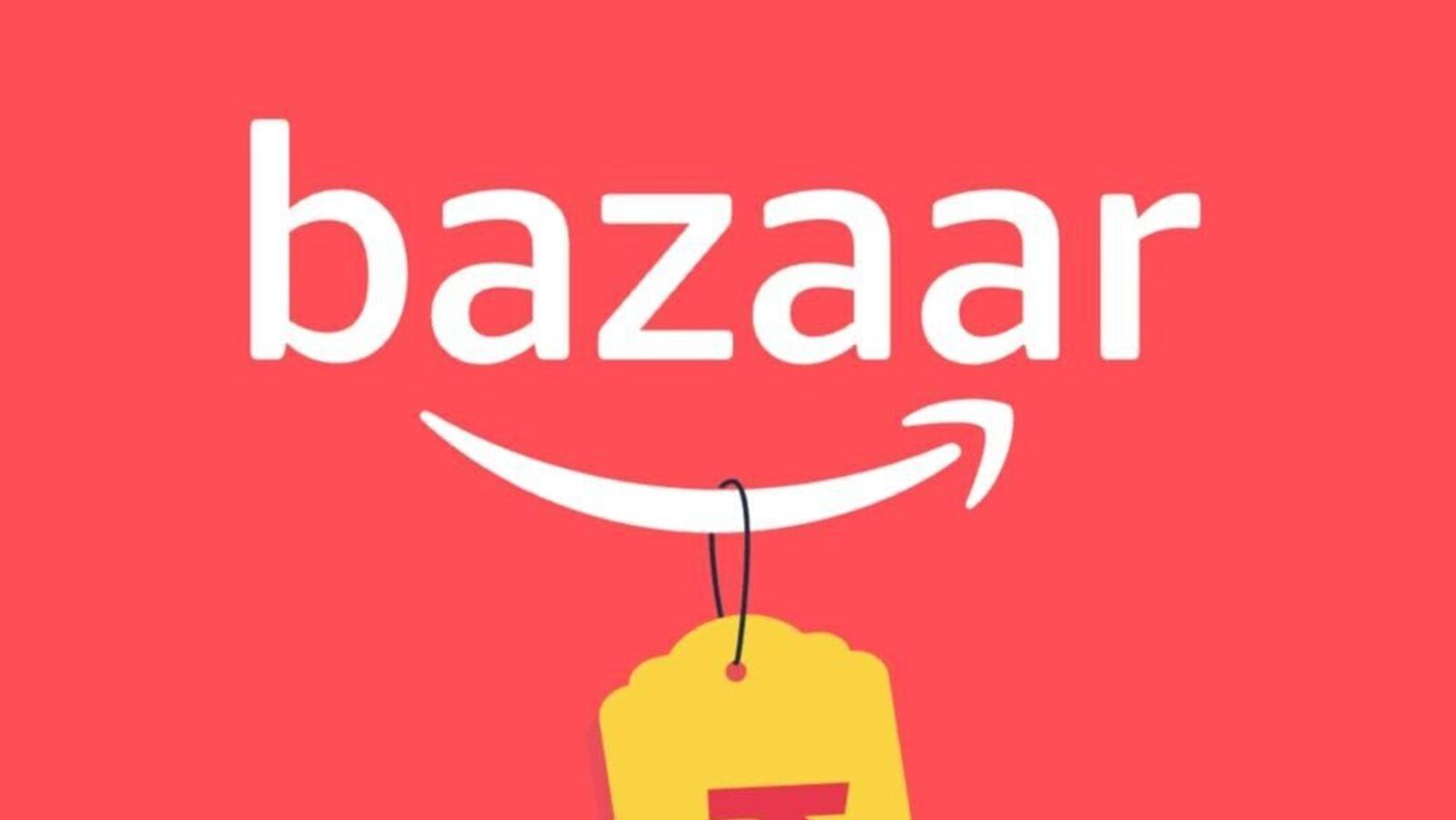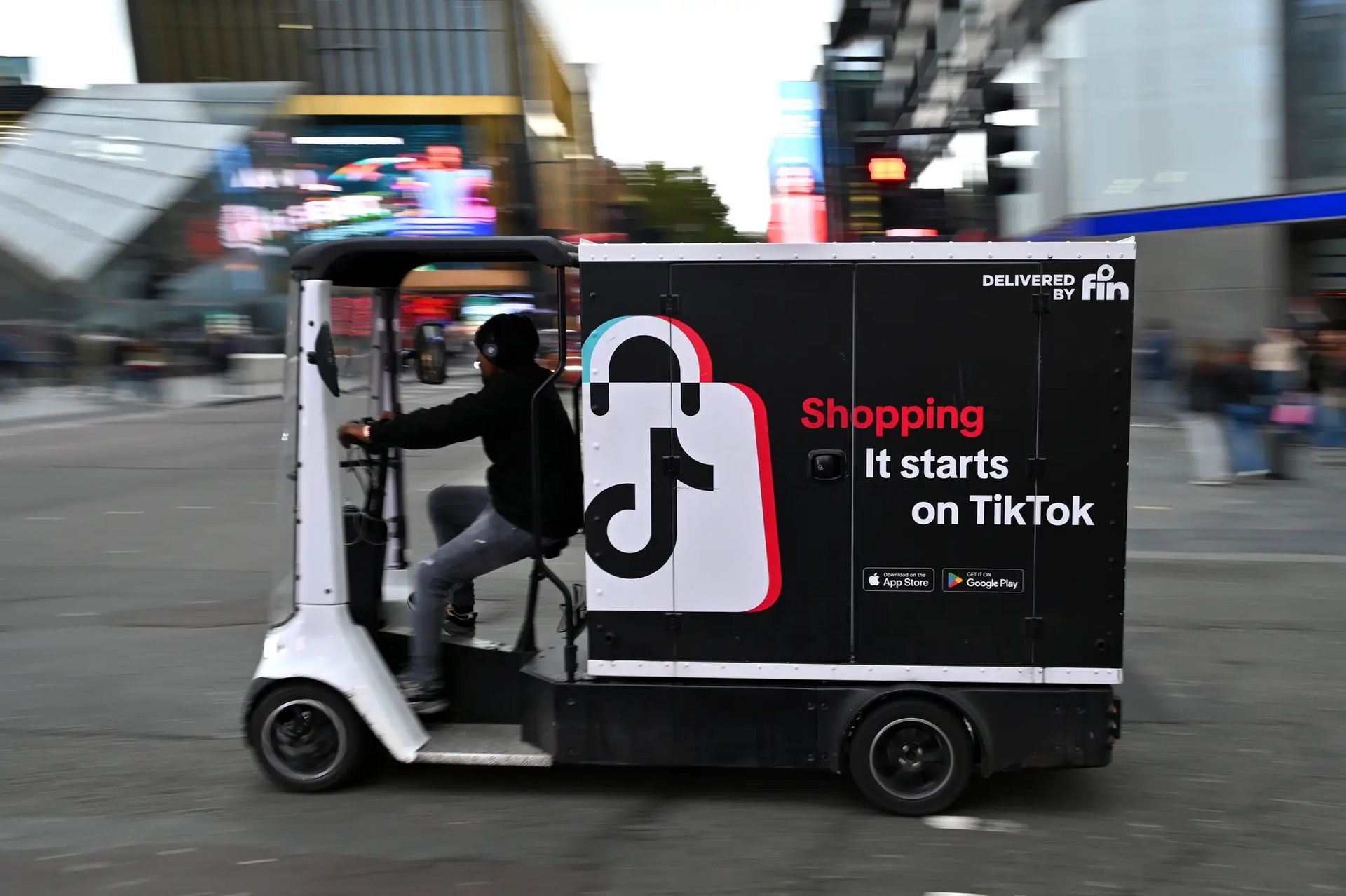- Markets - Around The World
- Posts
- Google Maps To See the World Like You Do
Google Maps To See the World Like You Do
& Amazon's Bazaar Launch
Google Maps Taps Gemini to See the World Like You Do - No More 500 Feet — Google Maps Now Says ‘Turn After Starbucks’

Google is rolling Gemini directly into Maps and training it on 250M+ places cross-referenced with Street View imagery to identify visible landmarks in real time. That means Maps now understands what you see — buildings, restaurants, gas stations — and uses them to guide you. Instead of “turn right in 500 feet,” you’ll get “turn right after Thai Siam Restaurant,” with the restaurant highlighted on screen so your brain instantly clicks.
It is the evolution of Maps from a 2D direction engine into a “contextual land-sensor,” merging conversational AI with the real world. AI is now solving one of the biggest navigation problems humans face — distance estimation — by grounding instructions in recognizable, visual anchors.
The implications are huge: guidance becomes more intuitive, accessible, and closer to how humans give directions. And as this rolls out across Android, iOS, and eventually dashboards + AR layers, navigation shifts from tapping icons to talking with an AI copilot that understands your environment better than you do.
Amazon’s Low-Price Pivot: Bazaaaar, But Make It Global
Amazon is ramping up its budget shopping play as tariffs tighten on Chinese rivals. Its low-cost service formerly known as “Haul” has now expanded to 25 countries, re-branded in many as Amazon Bazaar—with hundreds of thousands of items under $10, and some as low as $2.

The strategy is designed to under-cut fast-fashion imports from Temu and Shein just as new U.S. trade policy strips away key advantages from those Chinese rivals. Products are being inward-shipped using Amazon’s global fulfilment network to dodge tariffs and preserve ultra-low pricing.
For retailers and investors, this is a signal that Amazon is treating low-cost commerce as a full-blown growth front—not just a niche. Growth in markets like India (where Bazaar reportedly posted 26× order growth in one state) underscores the upside, even if the play currently trades margin for share.
TikTok Shop: “Organized Crime” Meets Generative AI
Generative-AI tools are fueling a sharp rise in e-commerce fraud on TikTok Shop, with scammers spinning up fake brands and listings in minutes. From January to June 2025 alone, the platform rejected 70 million product listings and banned 700 000 sellers for policy violations.

TikTok’s execs describe the fraud as “organized crime,” as deep-fakes, AI-fabricated brands and counterfeit listings flood the marketplace. The company is responding with a mix of human moderation and in-house AI, all while trying to scale its U.S. e-commerce push, which recorded over $100 million in single-day Black Friday sales recently.
This is a watershed moment for social-commerce platforms: growth is robust, but so is the risk. TikTok must now balance expansion with trust and use AI to basically deal with AI—because in the digital marketplace, loss of credibility can cost users and revenue quicker than product launches.